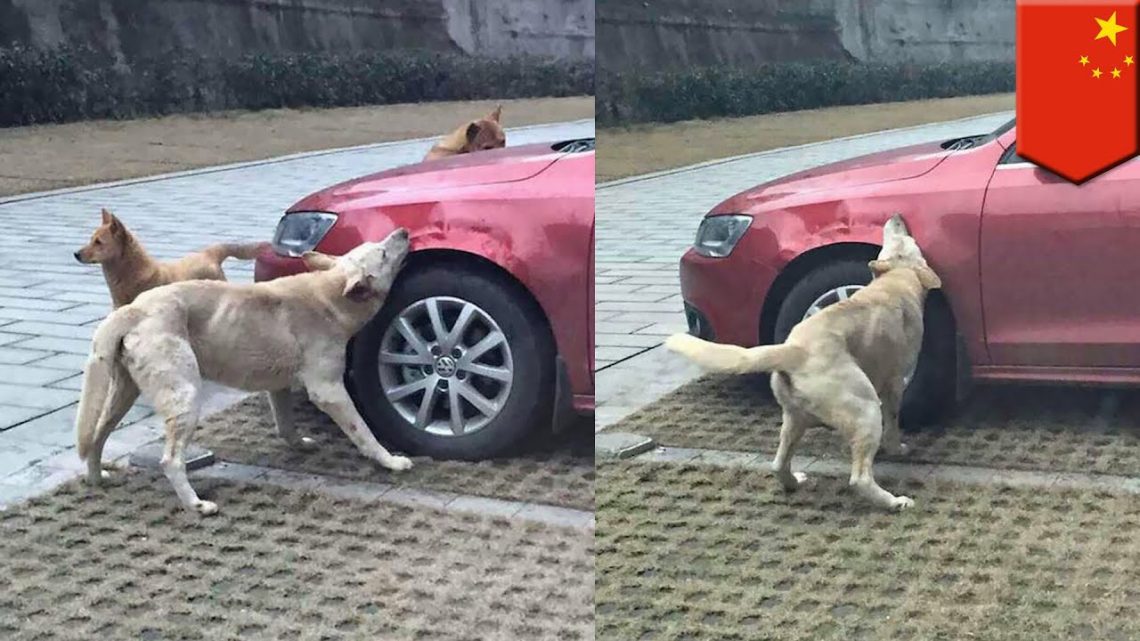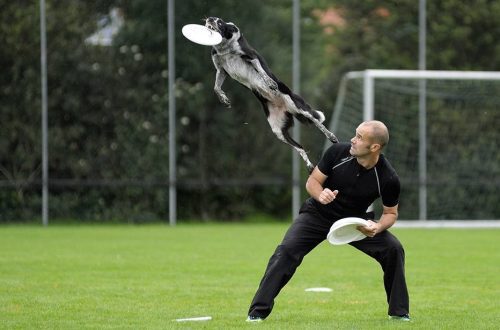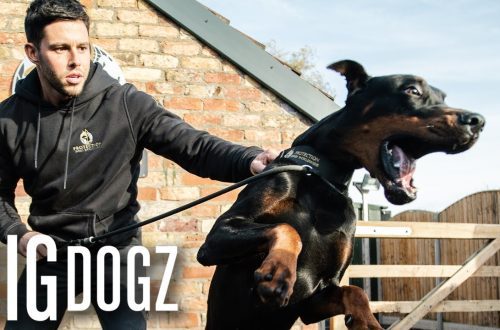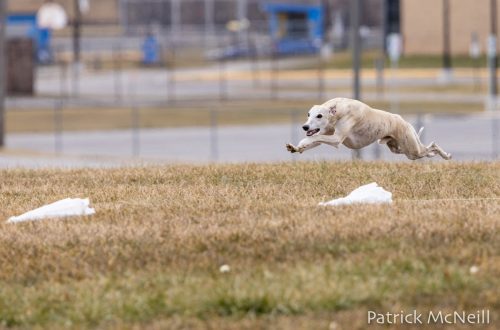
The dog attacks the cars. What to do?
The habit of rushing at cars is very dangerous both for the dog itself and for the people around it: the driver can get scared and create an emergency. The threat to the pet is obvious: hundreds of animals die every day under the wheels of cars.
Why does a dog attack cars?
The exact reason why a dog rushes at passing cars is difficult to establish even for professional cynologists. Some believe that the problem is in instincts: the dog believes that the car is a large living object that is dangerous. Others think that animals don’t like spinning wheels; still others are convinced that the main reason is the sounds, including the creak of bicycle wheels.
There is an opinion that dogs without a breed are more likely to throw themselves on the road than purebred ones. However, this is not quite true. As a rule, ill-mannered dogs rush to cars, and it doesn’t matter at all whether a thoroughbred pet or not.
Interestingly, this bad habit can appear both in childhood and in adulthood. That is why it is necessary to socialize the puppy in time – then he will calmly react to objects passing by. However, it also happens that a well-mannered and quiet adult dog, for which such outbursts of emotions have not been noticed before, suddenly begins to rush at passing objects.
A similar problem is common among those animals that came to the city from the village, that is, from a private house. After a long period of isolation from the outside world, they are much more responsive to urban stimuli.
One way or another, the fight against bad habits must begin immediately. What to do if the dog rushes to the car?
Training and patience
Correct unwanted behavior with a reward system. It works much better than punishment. Analyze what your dog likes more – treats or praise. This will be her reward for good behavior.
Go for a walk in places where there is a chance to meet moving objects – cars and bicycles that your pet does not like so much. The dog must be kept on a leash! Moreover, if the length of the leash is not adjustable, take the one that is shorter.
As soon as you feel that the animal is about to rush at the car, you need to give any forbidding command that the pet knows: for example, “No!” or “Fu!”. It is important not to pull the leash, not to tear it. Just hold on and don’t let the dog escape.
After the ban, the beckoning command “Come to me!” Follows. If the dog responds, praise it, give it a treat.
If the pet does not pay attention, a separate study of the “ban-call” pair is needed.
At the second stage, movement without a leash is trained so that the free-range dog calmly reacts to passing objects:
Do not immediately remove the leash: the dog cannot be completely trusted yet. To control your pet, just tie a ribbon to the collar. If he disobeys the command, then you can keep him.
The algorithm of actions is the same as in the previous stage. As soon as a car passes, the owner gives a prohibition command and the command “Come to me!”. If the pet fulfills them, it should be praised or encouraged. If not, you will have to return to the stage with the leash.
As soon as the dog has stopped making mistakes, confidently and obediently approaches you, you can remove the control tape.
The main rule: if you have little experience or the pet does not obey, you should not experiment with self-training – this can only aggravate the situation.
Contact a cynologist or zoopsychologist – a specialist will find an approach specifically for your dog.
Photo:





